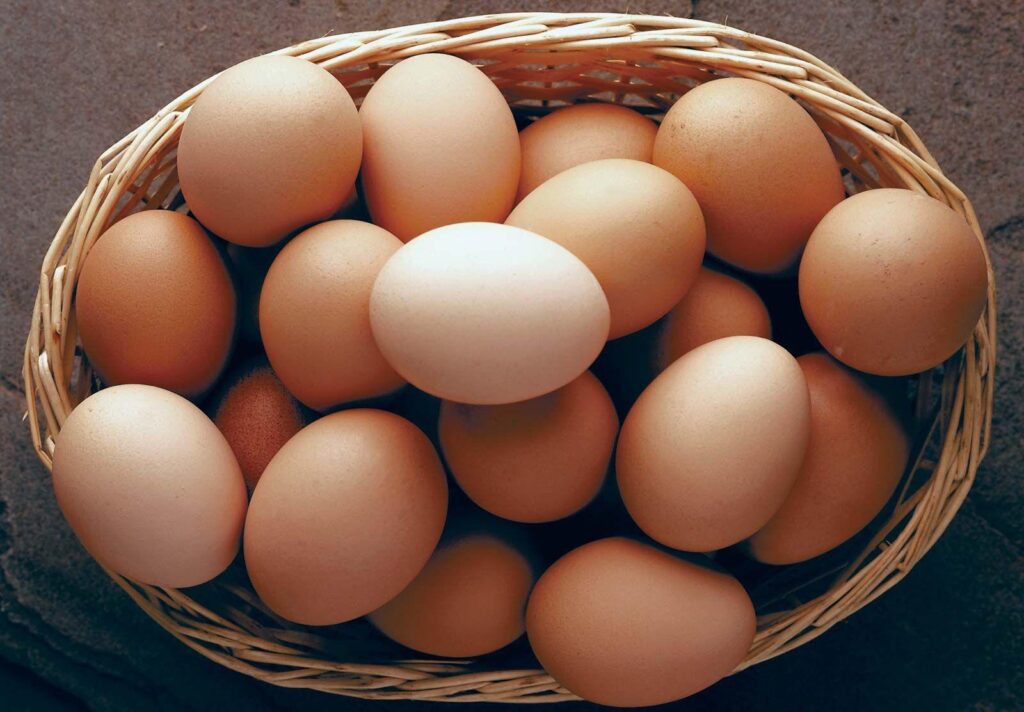Revolutionizing Egg Handling: New Insights on Cracking Risks
Recent scientific discoveries have the potential to transform our approach to one of the kitchen’s most fragile ingredients: eggs. New research indicates that eggs are far less likely to break when they fall onto their sides compared to their more susceptible ends. This surprising revelation has intrigued both scientists and culinary enthusiasts, as it challenges long-standing beliefs about egg durability. The findings could have significant implications for food safety and cooking methods, offering valuable insights into the structural characteristics of eggs while providing practical strategies for avoiding kitchen accidents. NBC News explores the science behind this phenomenon and its possible effects on everyday cooking habits.
The Science of Egg Durability in Side Drops
The unexpected strength of eggs when dropped on their sides can be explained by their distinctive structural design and how stress is distributed across their surfaces. When an egg lands flat, its oval shape allows for a more effective absorption of impact forces, dispersing them evenly throughout its surface area. Key points illustrating this concept include:
- Curved Design: The rounded exterior helps distribute impact forces uniformly.
- Shell Composition: Primarily made from calcium carbonate, the shell offers a robust yet flexible protective layer.
- Cushioning Air Cell: An air cell within the egg acts as a shock absorber during falls.
| Drop Position | Impact Force (N) | Crumbling Probability (%) |
|---|---|---|
| Sidedrop | 30 | 10 |
| Pointe drop |
This disparity in vulnerability underscores how crucial orientation is regarding egg safety during accidental drops—adding an intriguing dimension to both culinary practices and material science.
Elements Reducing Cracking Risk in Eggs
The latest studies illuminate why dropping eggs sideways results in a markedly lower risk of cracking. A key factor is the
< / ul >
A comparative analysis illustrates differences in cracking risks based on drop positions from equal heights as shown below : p >
| < strong >Drop Position strong > th > | < strong >Cracking Risk strong > th > < / tr > | ||||
|---|---|---|---|---|---|
| Sidedrop | td > tr > | ||||
| Pointe Drop | td > tr > | ||||
| Pointe Drop | td > tr /> |
/ th />
|
| / tr /> Check For Cracks Before Purchase | / td / Don’t Stack Heavy Items On Top Of Cartons | / td / / tr /> Wash Hands Before Handling | / td / Don’t Leave Eggs Out Of Fridge Too Long | / td / / tr /> Keep In Original Carton /table |
|---|
